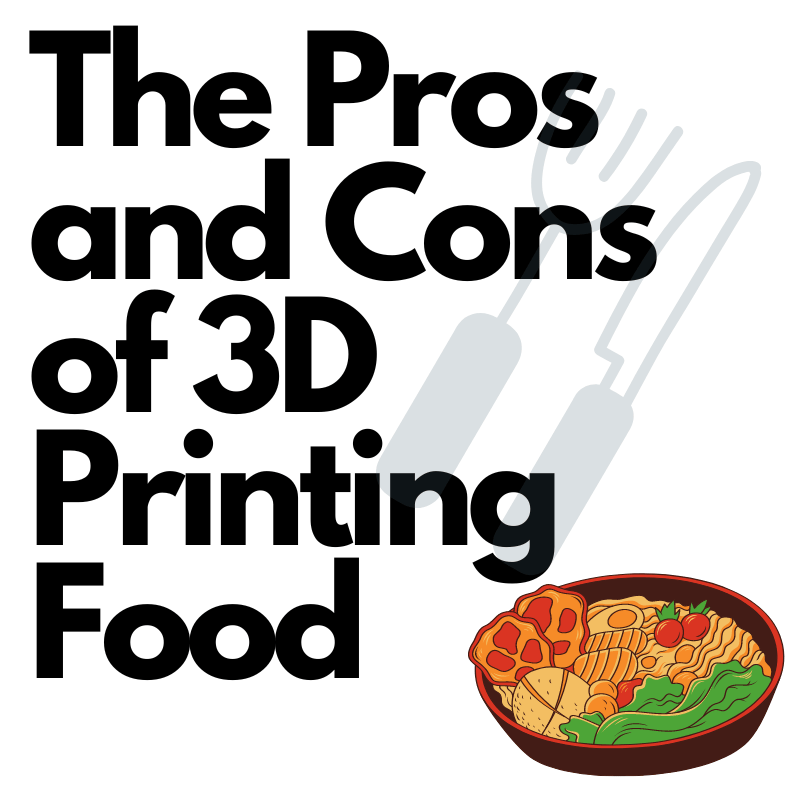3D printing has revolutionized many industries, including the food industry. With 3D printing, chefs and food enthusiasts can create intricate and complex designs that were previously impossible to achieve by hand. However, some argue that 3D printing food takes the fun out of cooking and removes the human element from the process. This article will explore the pros and cons of 3D printing food.
Pros:
- Precision: 3D printing allows for precise measurements and designs, which can be difficult to achieve by hand. This precision can lead to more consistent results and higher-quality dishes.
- Creativity: 3D printing opens up a world of possibilities for chefs and food enthusiasts to create unique and intricate designs that were previously impossible to achieve by hand.
- Efficiency: 3D printing can save time and reduce waste in the kitchen. Chefs can print exact portions of ingredients, reducing the need for excess ingredients and minimizing food waste.
- Accessibility: 3D printing can make cooking more accessible to people with disabilities or physical limitations. For example, a person with limited mobility may find it difficult to chop vegetables, but with a 3D printer, they can print pre-chopped vegetables in the desired shape and size.
Cons:
- Cost: 3D printers can be expensive, making them inaccessible to many people. The cost of materials used in 3D printing can also be high.
- Lack of human touch: Some argue that 3D printing removes the human element from cooking, an essential part of the culinary experience. Cooking is not just about taste but also about the process and emotions of creating a dish.
- Limited taste: While 3D printing allows for intricate designs, it may not always be the best-tasting dish. The focus on design may take away from the taste and texture of the food.
- Health concerns: There are concerns about the safety of 3D-printed food. The materials used in 3D printing may not be food-grade, and there is a risk of contamination if the printer is not properly cleaned.
FAQ’s
3D printing food is using a 3D printer to create edible designs and dishes.
3D printing food uses a printer to layer edible materials, such as dough, chocolate, or pureed fruits and vegetables, into intricate designs and shapes.
The benefits of 3D printing food include precision, creativity, efficiency, and accessibility.
The benefits of 3D printing food include precision, creativity, efficiency, and accessibility.
The drawbacks of 3D printing food include cost, lack of human touch, limited taste, and health concerns.
There are concerns about the safety of 3D-printed food. The materials used in 3D printing may not be food-grade, and there is a risk of contamination if the printer is not properly cleaned.
While anyone can technically use a 3D printer to print food, it requires specialized equipment and knowledge. Additionally, the cost of equipment and materials can be prohibitive for many people.
It is unlikely that 3D printing will completely replace traditional cooking methods. While it offers unique benefits, such as precision and creativity, it cannot replicate the human touch and emotional connection of cooking by hand.
Conclusion
3D printing food has its pros and cons. While it allows for precision, creativity, and efficiency in the kitchen, it may also remove the human element from cooking and raise health concerns. Ultimately, it is up to chefs and food enthusiasts to decide whether 3D printing is a tool they want to incorporate into their cooking process.

